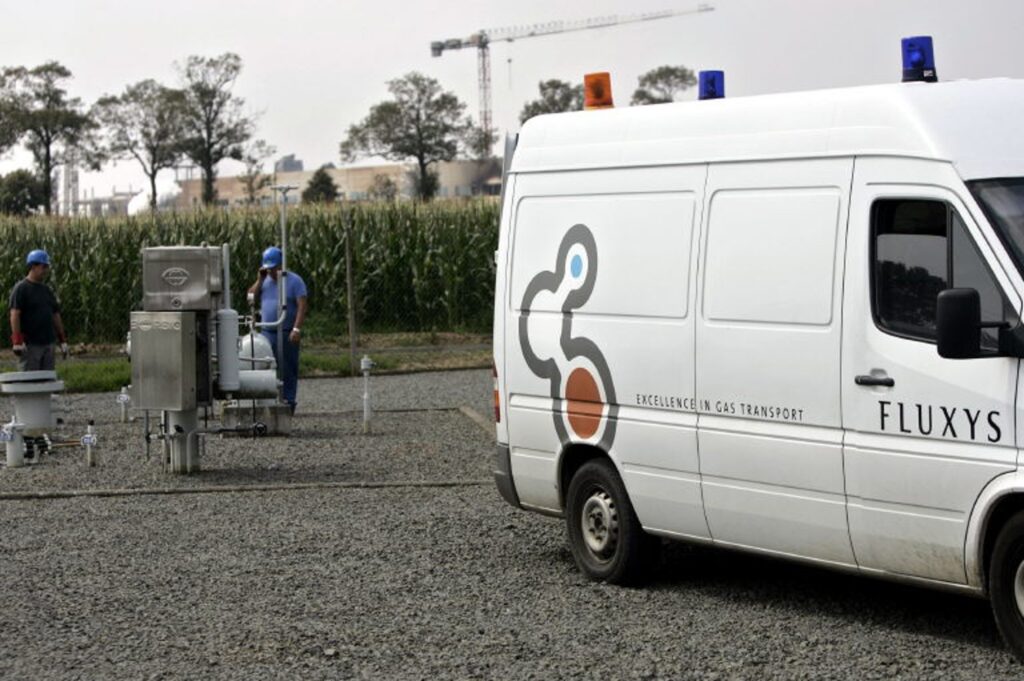In the first four months of 2023, households and SMEs consumed 80% less gas than during the same period in 2021, according to figures from transmission system operator Fluxys published by L’Echo on Friday.
The same was true in industry, where the consumption of small and medium-sized enterprises (SMEs) in the first four months of the year was only 79.2% of the 2021 level. Although analysts acknowledge the lack of a bitterly cold winter to drive up heating costs, the softer conditions alone do not account for the massive drop in gas use and the results of changes in behaviour are undeniable.
Already in the whole of 2022, households and SMEs had consumed 81.7 terawatt-hours of natural gas – down 20% on the previous year. Industry overall had consumed 38.9 terawatt-hours (-16.5%).
Energy sobriety
Similary results were observed in electricity markets, as consumption is markedly lower than prior to Russia's invasion of Ukraine. Yet on this front the drop was not so significant.
Electricity use for 2022 was 3.3% less than in 2021, with 81.7 terawatt-hours consumed, according to Elia figures. However, when viewed by quarter, the drop was most noticeable in the last quarter of 2022 which saw an 8% drop compared to the 2017-2021 average.
The trend continued in January and February, with consumption still 8.2% and 7.3% below average, but eased in March: the decline was only 3.7%.
Related News
- Belgium in Brief: Offshore excitement vs energy sobriety
- Dutch gas consumption at its lowest in 50 years
Households have clearly changed their habits and learned to turn down the thermostat, reduce their hot water consumption or favour more economical appliances.
However, Elia qualifies this by pointing out that a household can have a high consumption, but self-generate via photovoltaic panels, resulting in lower consumption figures.

